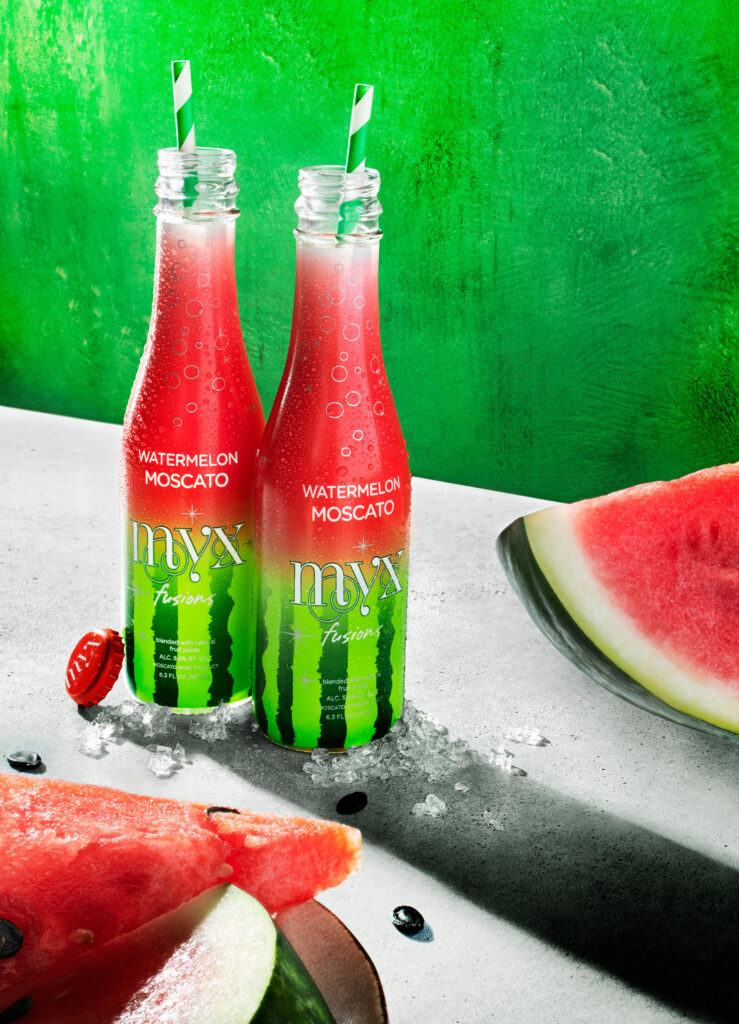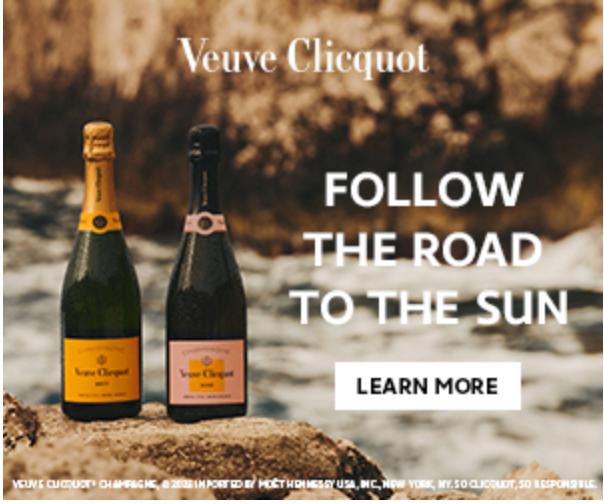Looking for a tasty new holiday treat? Nicki Minaj’s MYX Fusion’s answer is ‘One in a Melon’
Peach, Mango, Coconut, and now Watermelon!

Just in time for the upcoming holiday season, MYX Beverages presents the latest variety of fruit-infused wines: MYX Fusions Watermelon Moscato.
Flavor is full of holiday fun
This latest flavor is full of holiday fun and makes a delicious addition to your go-to lineup of refreshments.

This clean and crisp infusion offers a perfectly balanced blend of premium Moscato wine with natural juices from fresh, ripe watermelons. Bursting with flavor, this refreshing Moscato tastes like summer in a glass.
MYX Watermelon Moscato wine is everything you want
MYX Watermelon Moscato wine is everything you want in a light-bodied, thirst-quenching summer beverage. It’s smooth, slightly effervescent, and easy to drink.
The signature fruit-forward notes of Moscato shine through, while the delightful watermelon flavor provides a crisp, clean finish.
MYX Watermelon Moscato is very versatile
MYX Watermelon Moscato is very versatile, with a sweetness and lower alcohol level that pairs well with most foods. Serve it with fish, chicken, seafood, duck, and vegetables. It’s also a wonderful companion for your favorite ice cream, cookies, and cakes. Keep it on ice at your outdoor barbecue or beach party for easy summer refreshment.
Find MYX Fusions Watermelon Moscato at wine retailers, supermarkets, and convenience stores.
Find MYX Fusions Watermelon Moscato at wine retailers, supermarkets, and convenience stores. It comes in 4-packs of 187ml single-serve bottles (MSRP $9.99 to $10.99) and 750ML bottles (distributed by Royal Wine Corp; MSRP of $8.99-$9.99).
- 5.5% alcohol by volume
- Sold in 187ml 4-packs and 750ml bottles
- Crafted from Gordo Australian Moscato Grapes
- Gluten-free, OU Kosher certified
MYX Beverage LLC
Refreshing and bursting with big, bold flavors, MYX Fusions offers a full range of fruit-infused Moscato wines (Peach, Mango, Coconut, and Watermelon), Sangrias (Classic and Tropical), Concord Wine, and Light Wine (Rose and Chardonnay). All wines are created from top-quality imported wines from Australia, Spain, Italy, and Argentina. Get in the Myx and follow MYX everywhere at @MYXFusions.
Myx Fusions beverage company was started by Nicki Minaj.



